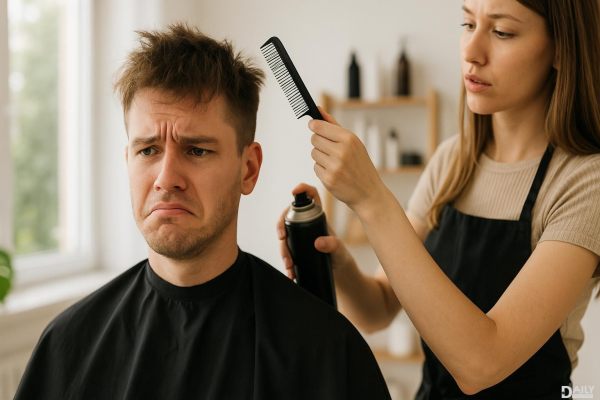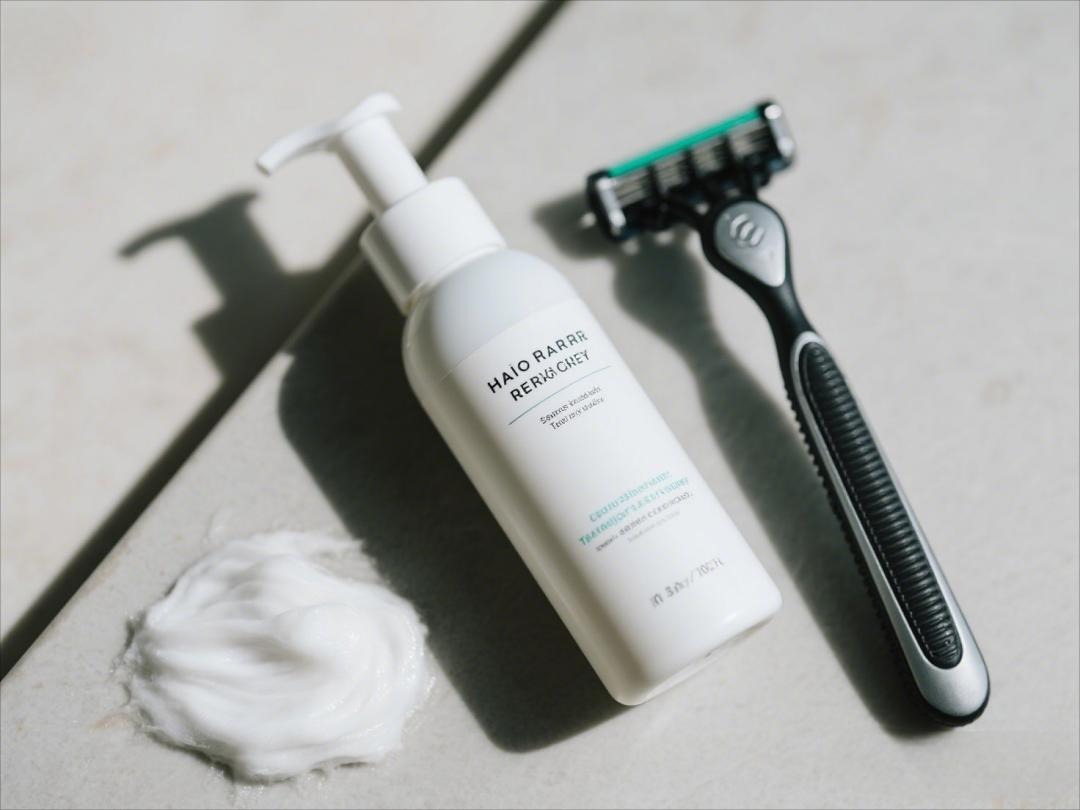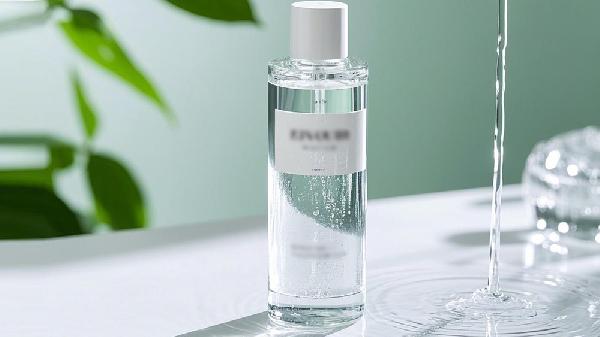We've all been there—you walk out of the salon feeling like a whole new person, only to catch your reflection later and realize your stylist took "creative liberties" a little too far. Whether it's bangs that landed somewhere between "chic" and "childhood photo cringe" or layers that make your hair look like it got into a fight with a lawnmower, bad haircuts happen to the best of us. But before you panic and reach for the nearest hat, know this: most haircut mishaps can be salvaged with a few clever tricks. The key is working with what you've got (and maybe calling in some product reinforcements).

When your cut falls flat—literally—texturizing products can be a game-changer. That awkward "just got my hair cut" look often comes from hair being too uniform. Grab a sea salt spray or dry shampoo and go to town. Scrunch, tousle, and twist sections to break up harsh lines. For shorter styles, a matte pomade or wax can help piece out chunks that got butchered. Pro tip: flip your head upside down while applying product to add instant volume at the roots. This works especially well for those who left the salon with unintentional helmet head—you know, when your hair looks like it's vacuum-sealed to your scalp.
Sometimes all it takes is redirecting attention. If your layers are wonky, try deep side parts or slicking hair back into a low ponytail to disguise unevenness. For bangs disasters, blow-dry them slightly off-center—it creates movement that hides imperfect cutting lines. Curling just the ends of too-short layers can make them appear intentional and trendy rather than accidental. And if all else fails, embrace the power of accessories: headbands can camouflage a multitude of sins, while claw clips strategically placed can lift sections that fell victim to overzealous thinning shears.
Here's a little-known stylist secret: subtle color adjustments can visually reshape a bad cut. Adding face-framing highlights draws attention away from uneven lengths, while a shadow root can make blunt cuts appear softer. If your ends look sparse after too many layers, a gloss treatment adds shine that makes hair appear thicker. Temporary color sprays or chalks work wonders for emergency situations—just avoid going darker unless you're committed, as it tends to emphasize every cut line and mistake.
While you're waiting for your hair to grow out (because let's face it, time is the ultimate healer), keep strands healthy to speed up the process. Scalp massages with rosemary oil stimulate follicles, while silk pillowcases prevent breakage. Trim just the very ends every 6-8 weeks to maintain shape without sacrificing length. Consider taking hair growth supplements if you're really desperate—just know that most only provide about half an inch of growth per month max. In the meantime, experiment with braids, twists, and updos that incorporate the awkward lengths rather than fighting them.
Some situations require backup. If you're dealing with actual chunks missing or asymmetrical cuts where you didn't ask for asymmetry, it's worth scheduling a corrective appointment with a different stylist. Look for someone who specializes in corrective cuts—they'll assess how to reshape without taking off more length than necessary. For chemical damage combined with bad cuts (the dreaded double whammy), a keratin treatment might be needed to smooth things out while you grow. And if you're truly traumatized? Extensions or wigs can be a confidence-boosting temporary solution while your natural hair recovers.
Remember, hair disasters feel catastrophic in the moment but usually look far less dramatic to everyone else. Most bad cuts grow into perfectly wearable styles within a few weeks, and in the meantime, you've got an arsenal of tricks to fake it till you make it. The silver lining? You might discover a new look you love in the process of fixing what you thought was a mistake. Now go forth and work that "intentionally messy" vibe like you planned it all along.
























